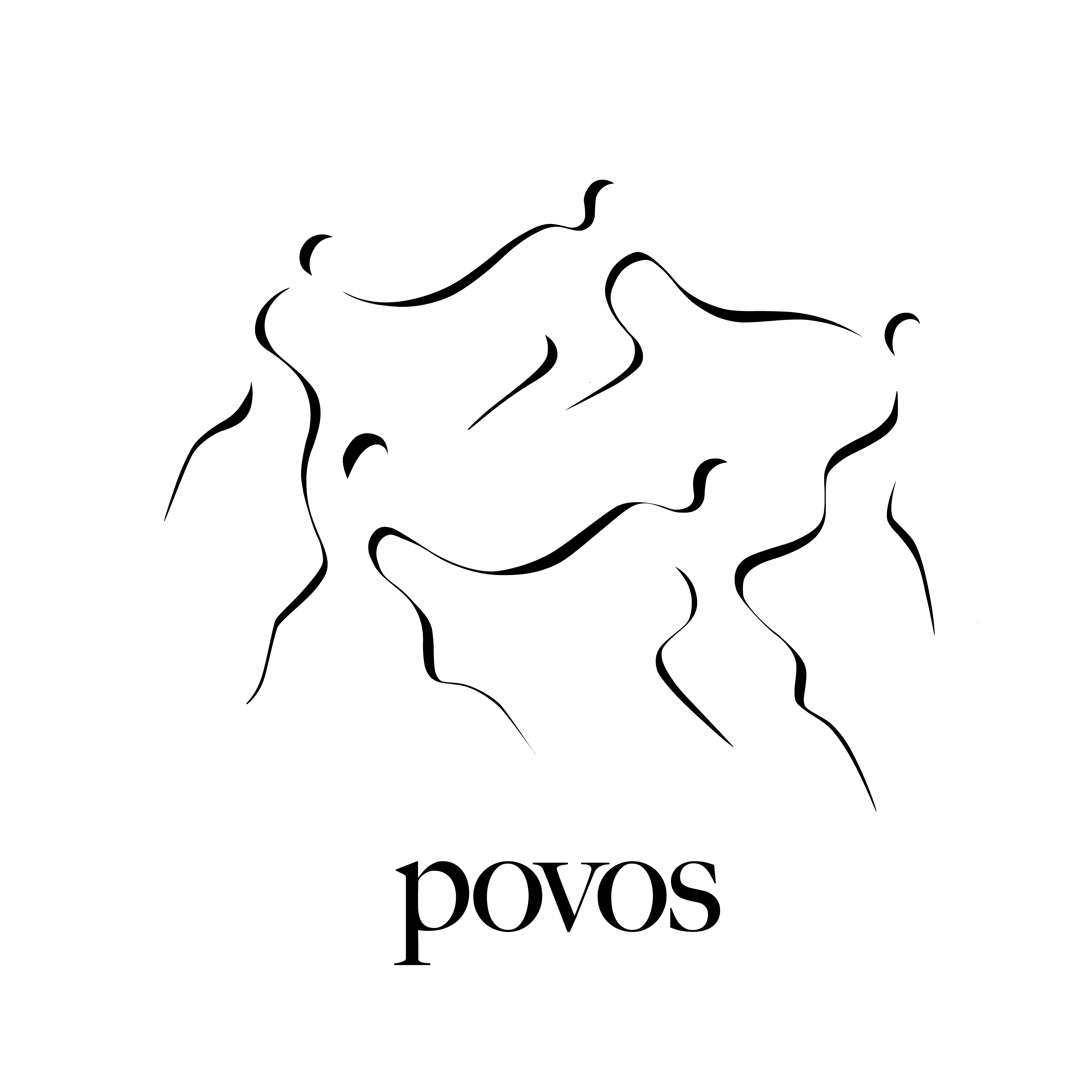How artists living in Chicago on O-1B visas are navigating a system stacked against them
On a sunny day in June, Jiaming You, a recent MFA graduate from SAIC, lets me into a nondescript gray building in the South Loop. They live and work here, leasing the space from a former professor. You sifts through their recent paintings—fleshy acrylics, many on synthetic, semitranslucent yupo paper—and tapes some to the wall for us to observe together.

Credit: Hannah Edgar
Ambiguously gendered bodies dominate You’s artwork. So does the casual violence of spectator sports. In Mercy and Watcher (both 2022), the viewer is transported to the front row of a boxing match. A more recent work, Face-Off (2023), depicts two eerily faceless hockey players brawling atop agitated streaks of color.
“You watch these people fight, if you can afford the ticket. Money is the real winner,” You muses.
For the O-1B, too, “money is your passport,” says You. They’re currently in the process of applying for the O-1 for the first time, having remained in the U.S. through an Optional Practical Training (OPT) status tied to their F-1 student visa and, now, a B-2 visa. You thinks their prospects might be good for the O-1B: Recently, they’ve been able to live on their savings and lean into making art full-time. Their work has attracted a handsome amount of press attention, and they have two shows upcoming at W. Gallery (now Povos Down Town), in September and October.
After graduating from SAIC, You spent a short stint working as an art handler to make ends meet, a taxing and male-dominated job that came with ups and downs. But for all its frustrations, the job was in their field and thus legally permissible under OPT, which operates under the same field-specific work guidelines as the O-1B. For most artists living here on a visa, that has to be good enough.
--------

Artist Carolina Pereira
Courtesy PovosCredit: Courtesy Povos
Unbeknownst to many employers, because USCIS gauges an applicant’s merit by their résumé, that written proof can make or break a visa application. Brazilian multimedia artist Carolina Pereira, whose show “Fuzzy Memories” recently closed at Povos gallery in West Town, works in the unique overlap of tufted rug art and neon sculpture, the two combining in evocative, dreamy tableaus. Her O-1B status is tied not just to her exhibitions but to her day-to-day work as a graphic designer for the Chicago Sinfonietta, a job she believes single-handedly boosted her odds for approval.
Because of the rarity of O-1 visas, Pereira also had to walk her employer through the process.
“When you mention the O-1 visa, it’s very foreign to them. I’ve had to talk to [them] so they really understand that you don’t have to pay for the O-1. They might have to write a letter and sign some stuff, but it’s not the same as the sponsorship,” Pereira says.
Applying for O-1B status as a multidisciplinary artist, as Pereira did, can present its own challenges. Cheng opted for a more expensive lawyer just so she could ensure that applying across her fields of expertise—dance, puppetry, and devised physical theater—wouldn’t hurt her application. After all, everything would be measured against USCIS’s capricious standards.


